Does Stainless Steel Tarnish? Here Is Everything You Need To Know
Embarking on my journey with stainless steel, from the sleek utensils in my kitchen to the elegant jewelry adorning my wrists, I’ve encountered a plethora of questions and myths about this versatile material. But the question that piqued my curiosity the most was: Does stainless steel tarnish? And I’m guessing I’m not the only one who has been wondering about this. So, I delved into the world of stainless steel, guided by the wisdom of experts and my own experiences, to help bring you and me everything we need to know. Let’s explore the resilience of stainless steel What Is […]
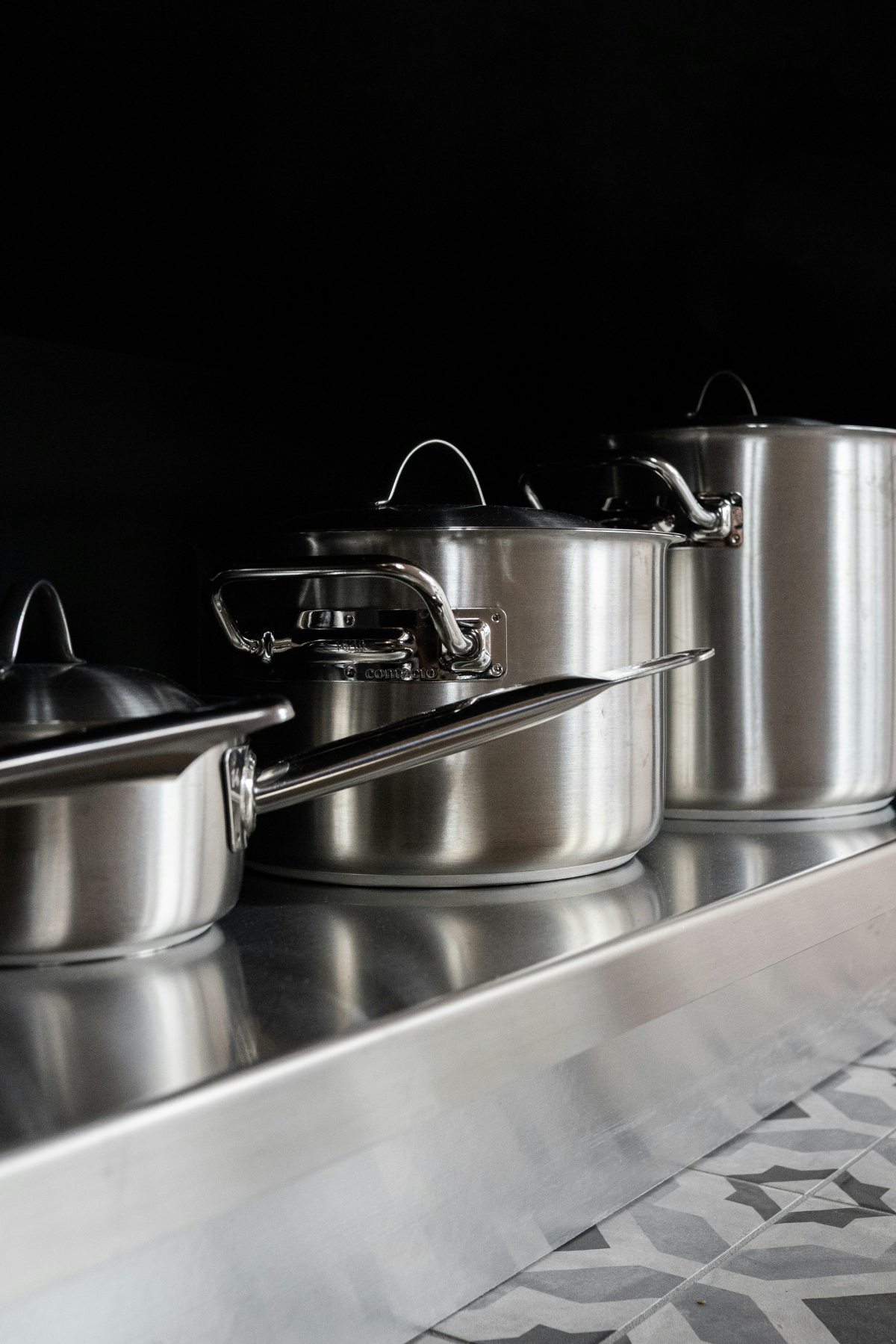
Embarking on my journey with stainless steel, from the sleek utensils in my kitchen to the elegant jewelry adorning my wrists, I’ve encountered a plethora of questions and myths about this versatile material. But the question that piqued my curiosity the most was: Does stainless steel tarnish? And I’m guessing I’m not the only one who has been wondering about this. So, I delved into the world of stainless steel, guided by the wisdom of experts and my own experiences, to help bring you and me everything we need to know.
Let’s explore the resilience of stainless steel

What Is Stainless Steel?
I remember my first dive into understanding what stainless steel really is. It’s not just any metal; it’s a blend, a family of iron-based alloys to be precise, known for its corrosion resistance. The key player in its composition? Chromium. This element creates a thin film of oxide on the surface, which acts as a protective barrier against tarnishing and rust. There are over 150 grades of stainless steel, each serving purposes as diverse as the construction of skyscrapers to the crafting of delicate jewelry.
Discover what makes stainless steel a corrosion-resistant alloy
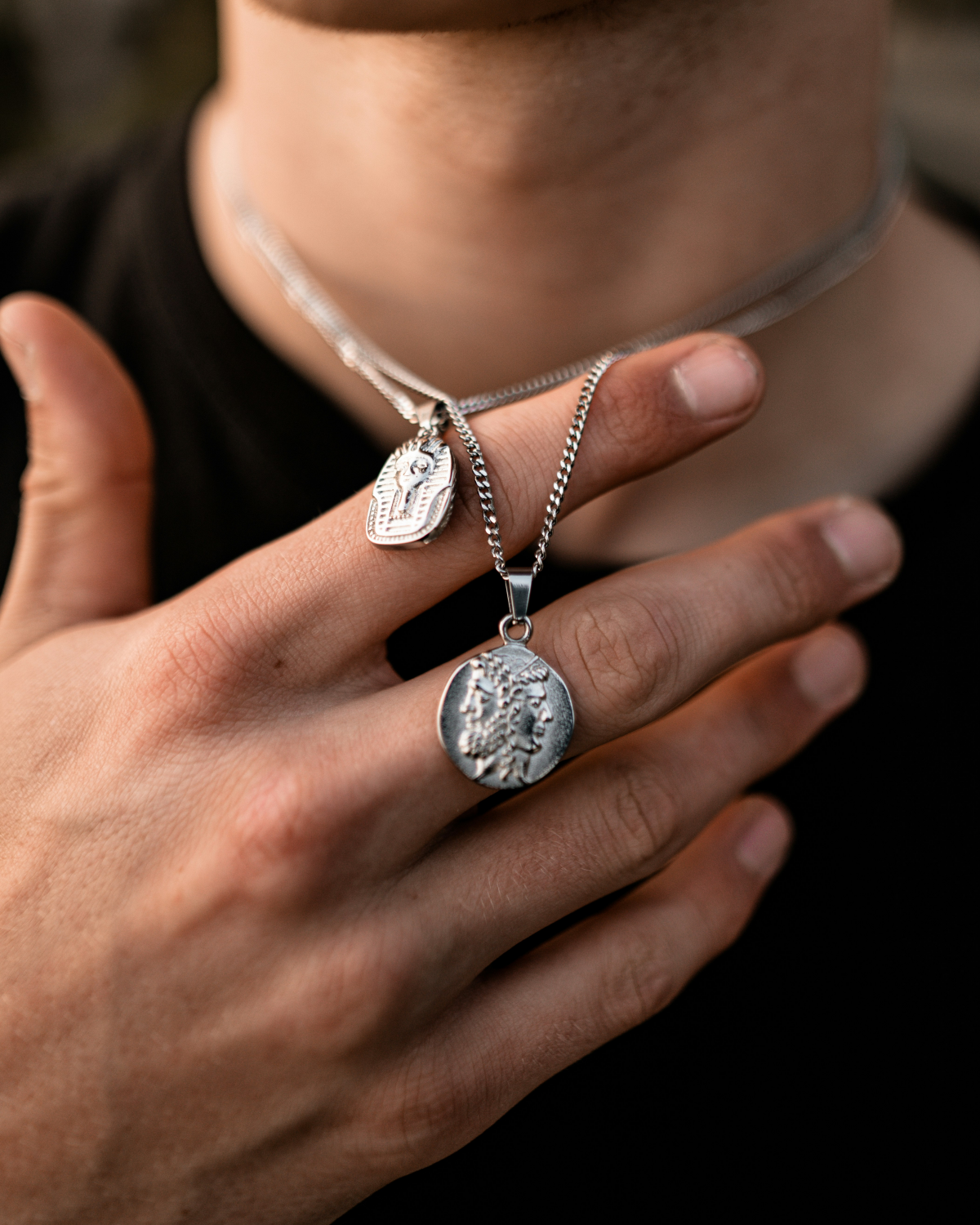
Does Stainless Steel Tarnish?
Here lies the heart of our exploration. Can this stalwart material succumb to tarnish? The answer is nuanced. While stainless steel is remarkably resistant to tarnish and corrosion, under certain conditions – such as exposure to saltwater or chemicals – it can show signs of wear. However, with proper care, these instances are more the exception than the rule.
Is stainless steel truly the Clark Kent of metals?
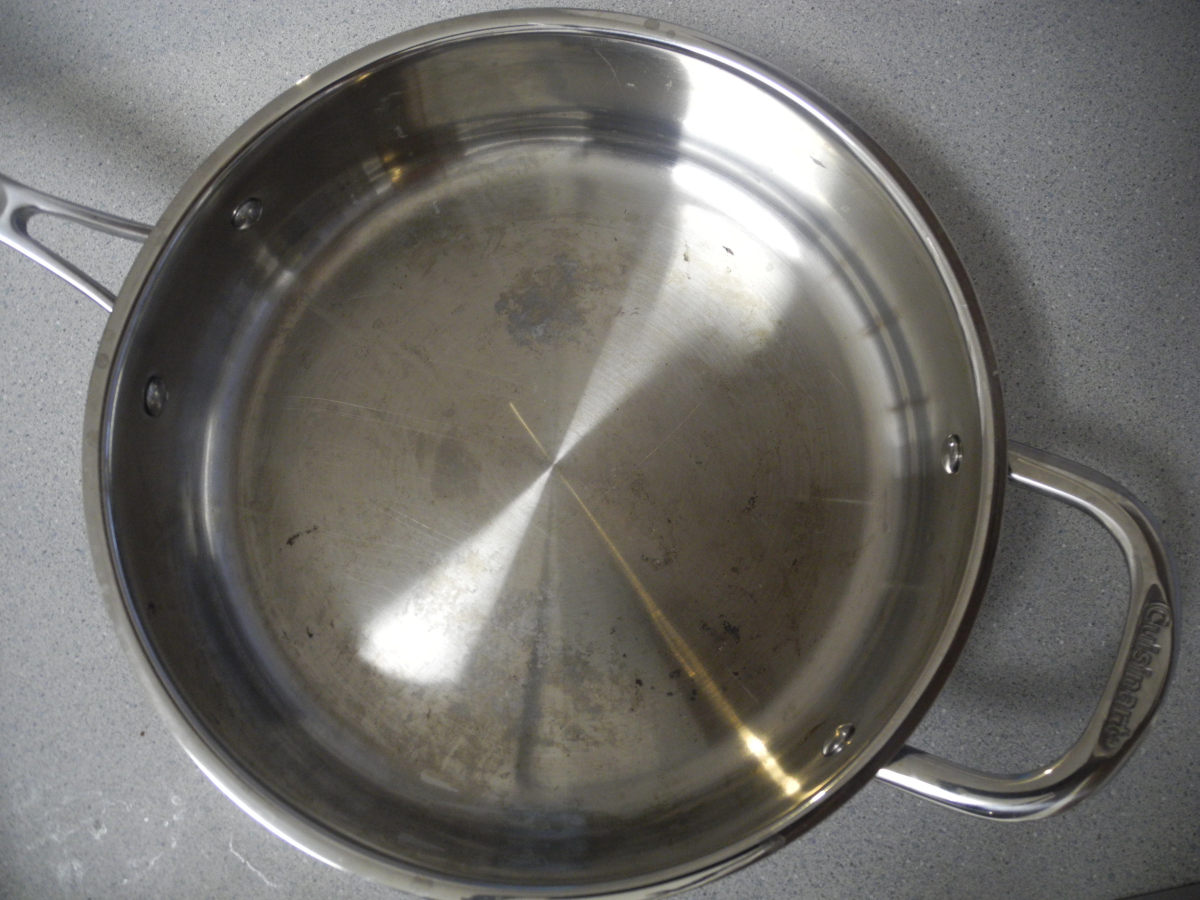
Where Do We Use Stainless Steel?
Stainless steel has seamlessly integrated into our lives. I’ve used it everywhere – from the robust appliances in my kitchen that withstand the test of time, to the jewelry that I adorn myself with without fear of tarnish or wear. It’s in the cutlery we use, the watches we wear, and even in the medical instruments that surgeons rely on. Its ubiquity is a testament to its versatility and durability.
From spoons to skyscrapers – marvel at the day-to-day heroics of stainless steel
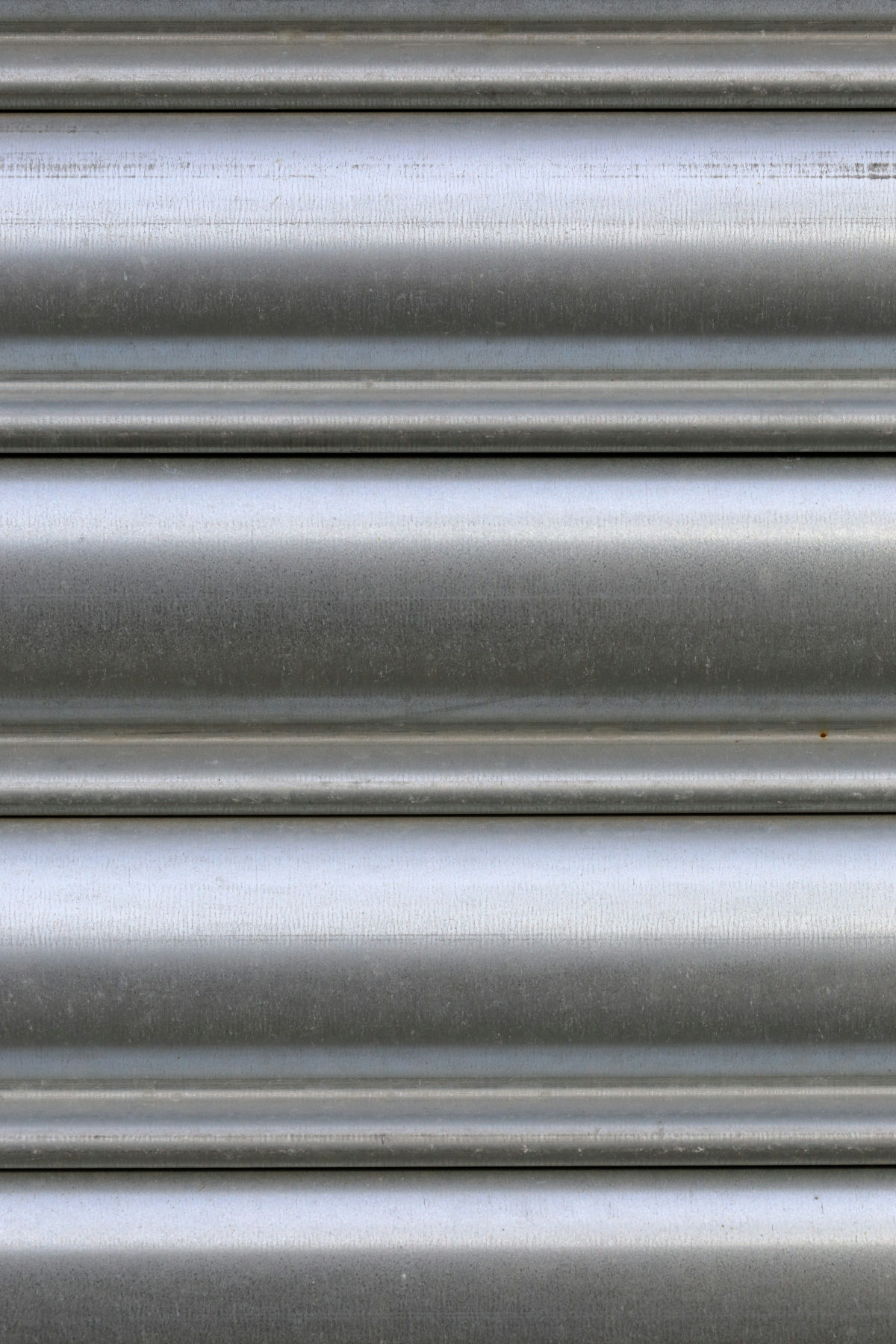
How Durable Is Stainless Steel?
Stainless steel’s durability is unparalleled, primarily due to its alloy composition, which includes chromium, nickel, and in some cases, molybdenum. These elements form a protective layer on the steel’s surface, preventing oxidation and corrosion. This characteristic ensures stainless steel can withstand corrosive environments, extreme temperatures, and physical wear without losing its integrity. For instance, Grade 304 stainless steel is renowned for its general resistance to corrosion, making it suitable for kitchenware, while Grade 316 is preferred in marine environments for its enhanced corrosion resistance. The material’s resilience makes it a preferred choice for applications demanding longevity and strength.
Uncover the secrets behind stainless steel’s enduring charm

Does Plated Stainless Steel Fade?
Plated stainless steel combines the durability of stainless steel with the visual appeal of precious metals, such as gold or silver. However, the plating can show signs of wear and fade over time, especially in pieces that undergo frequent friction or are exposed to harsh chemicals. To extend the life of plated items, it’s advisable to avoid contact with abrasive substances and to clean them gently with a soft, damp cloth. Replating can restore the item’s original appearance, ensuring it continues to offer both beauty and durability.
Navigate how to keep it from losing its sparkle

Does Gold-Plated Stainless Steel Tarnish?
Gold-plated stainless steel is subject to the wear and tear of the gold layer, particularly when exposed to sweat, chemicals, and abrasive surfaces. Although the stainless steel core remains resistant to tarnishing, the outer gold layer may thin, revealing the metal underneath. To maintain its appearance, it’s recommended to clean gold-plated pieces with a soft, non-abrasive cloth and avoid exposure to chemicals, including perfumes and lotions. Proper storage in a dry, cool place can also help in preserving the plating’s integrity.
Learn how to keep the bling without the tarnish

Surgical Steel vs. Stainless Steel
Surgical steel is a subset of stainless steel, specifically designed for biocompatibility and resistance to body fluids, making it ideal for medical applications and body piercings. It typically contains a higher percentage of chromium and nickel, providing enhanced corrosion resistance. The term “surgical steel” encompasses various grades, but 316L and 316LVM are among the most common, offering a smooth finish and minimal risk of allergic reactions. Understanding the specific needs of an application helps in choosing between surgical steel and more standard stainless steel grades.
Discover which metal takes the championship belt for durability and safety

Stainless Steel vs. Sterling Silver
Choosing between stainless steel and sterling silver involves considering factors like durability, maintenance, and aesthetic preference. Stainless steel offers robustness and low maintenance, resisting tarnish and wear, making it suitable for everyday items that endure heavy use. Sterling silver, while prized for its luster and heritage in jewelry making, requires regular polishing to maintain its shine and prevent tarnish. The choice often depends on the intended use, with stainless steel being favored for practical, durable applications and sterling silver chosen for its traditional beauty and craftsmanship.
Stainless steel and sterling silver go head-to-head
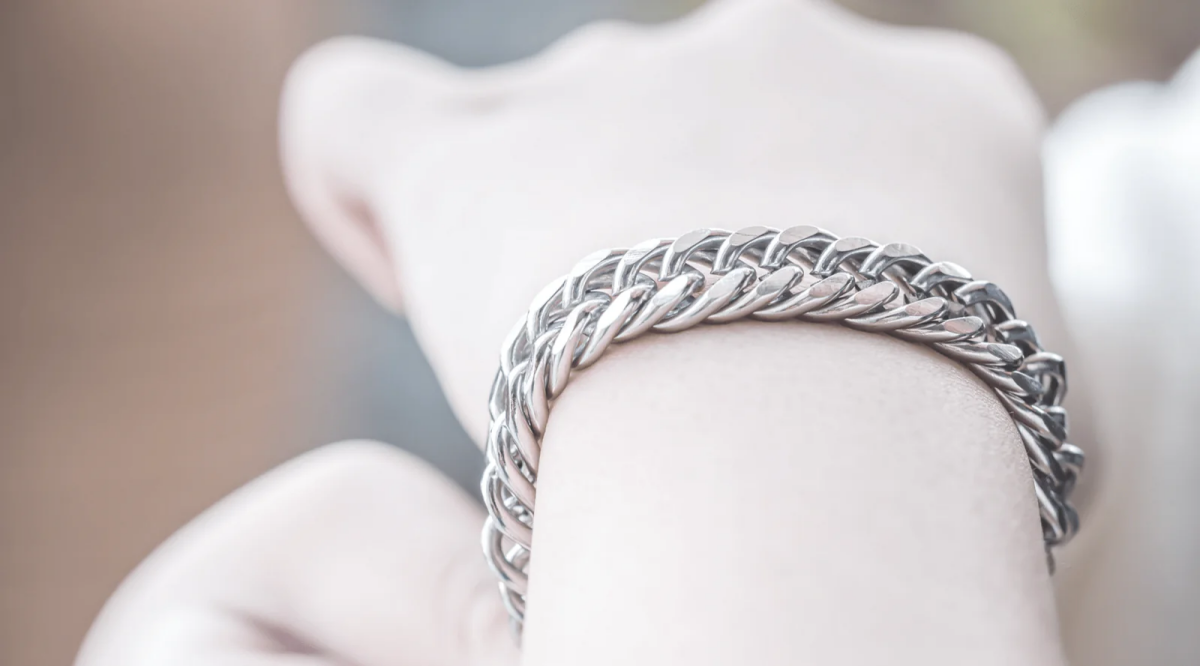
How To Care For Stainless Steel?
Proper care for stainless steel extends its life and maintains its appearance. For everyday items, washing with warm soapy water and drying thoroughly to prevent water spots is often sufficient. For tougher stains or buildup, a paste made from baking soda and water can be gently applied with a soft brush. Stainless steel jewelry benefits from occasional polishing with a microfiber cloth to restore its shine. It’s also important to avoid using harsh chemicals or abrasive materials that can scratch or damage the surface.
Unlock the secret diary of stainless steel care for tales of triumph over tarnish
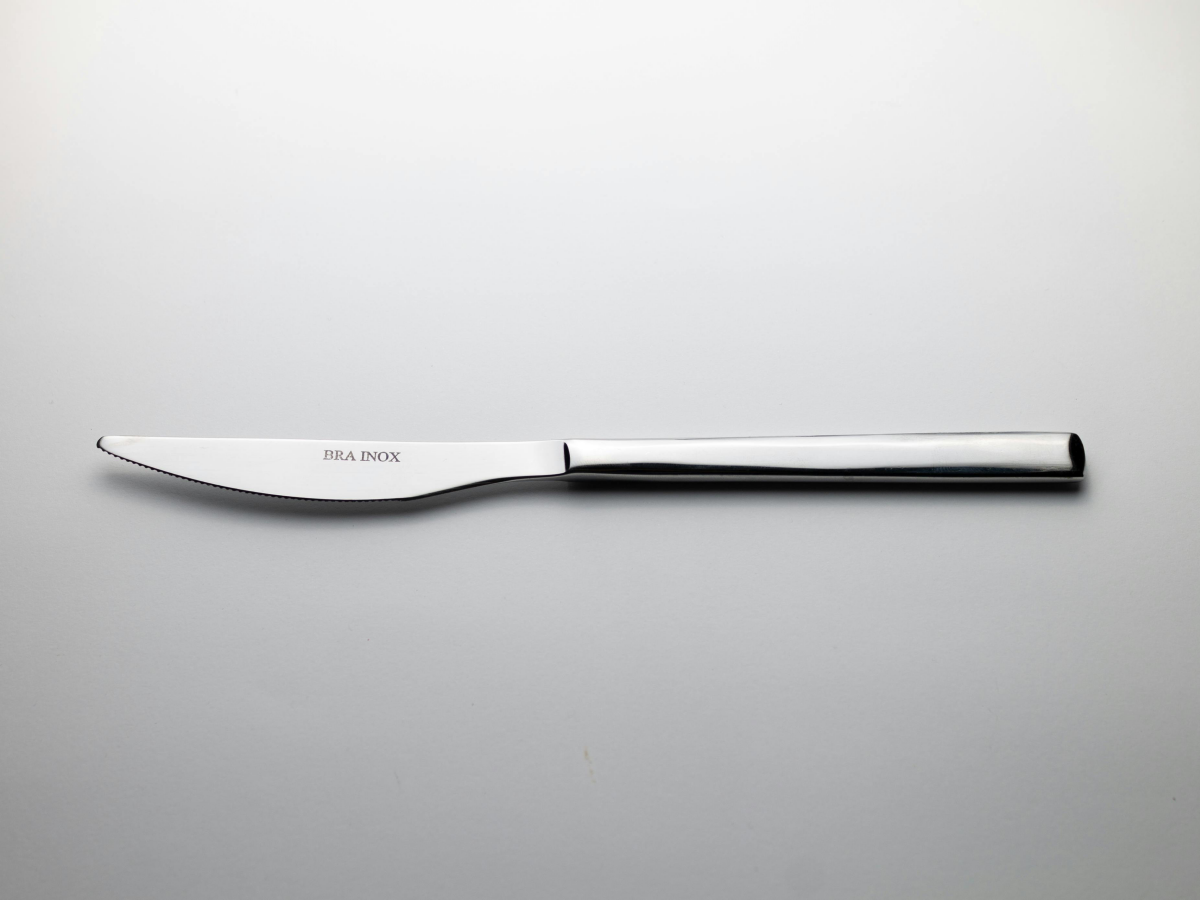
How To Clean and Maintain Stainless Steel?
Maintaining stainless steel’s luster involves regular cleaning to remove fingerprints, water spots, and grease. A solution of vinegar and water can be effective for cleaning and disinfecting surfaces without damaging them. For more stubborn stains or tarnish, specialized stainless steel cleaners are available that can safely restore the material’s natural shine. Always follow the grain of the stainless steel when cleaning to avoid scratches, and ensure thorough rinsing and drying.
Whip up a pampering routine for your stainless steel

How Do You Choose Quality Stainless Steel Items?
Selecting quality stainless steel items involves looking for reputable brands and considering the specific grade of stainless steel used. The grade affects the item’s resistance to corrosion and its suitability for certain environments. For cookware and utensils, Grade 304 is often sufficient, while marine applications may require the higher corrosion resistance of Grade 316. Checking for certifications or standards can also indicate quality, ensuring the stainless steel meets industry benchmarks for performance and safety.
Arm yourself with the knowledge to pick your stainless steel champion

Can You Shower with Stainless Steel Jewelry?
Yes, you generally can shower with stainless steel jewelry without causing immediate damage due to its high resistance to rust and tarnishing. However, frequent exposure to water and chemicals found in soaps and shampoos can eventually dull the shine and wear down the finish over time. To preserve the longevity and appearance of your stainless steel jewelry, it’s advisable to remove it before showering, especially if the jewelry is plated.
Can your stainless steel jewelry join you for a soap opera in the shower?

Will Stainless Steel Turn My Skin Green?
No, stainless steel jewelry typically does not turn your skin green. This discoloration is often caused by metals like copper and nickel reacting with sweat and acids on your skin. Since stainless steel is a low-reactivity metal and often nickel-free, especially in higher-quality pieces meant for wear, it minimizes the risk of any skin discoloration. However, individual reactions may vary based on skin sensitivity and the specific alloy composition of the stainless steel item.
Find out if stainless steel jewelry is really a villain in disguise

Embarking on this stainless steel journey has not only expanded my knowledge but has also deepened my appreciation for this incredible material. Its blend of beauty, durability, and practicality makes stainless steel an unparalleled choice in our daily lives. Whether you’re contemplating your next kitchen upgrade or pondering over a jewelry purchase, remember: with stainless steel, you’re choosing a legacy of excellence.
Stainless steel is the enduring champion of metals

